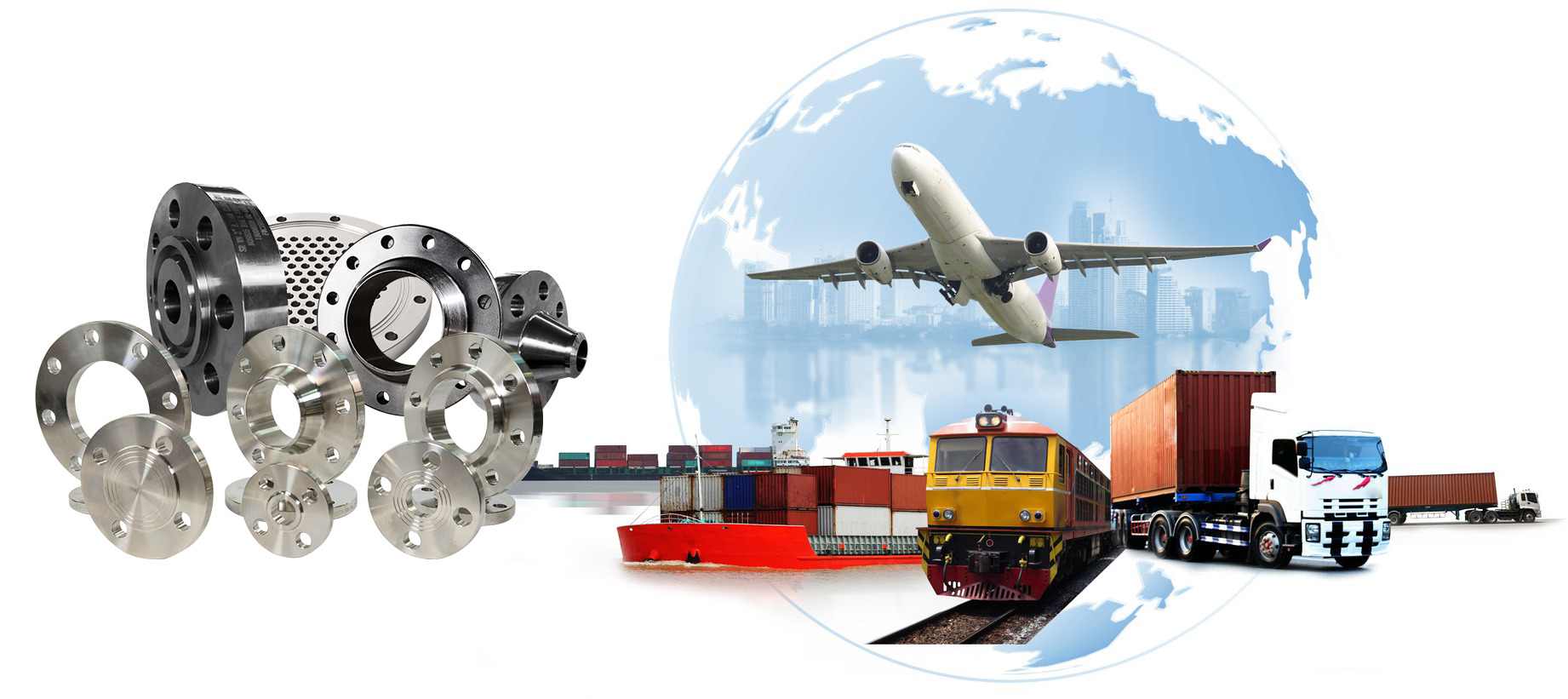Share this
When it comes to flange packaging and transportation, you should pay attention to the following issues:
1. Proper packaging materials: Choose suitable packaging materials to protect the flanges from damage. Use sturdy packaging boxes, foam plastics, bubble wrap, or cushioning materials to ensure that the flanges are not impacted or squeezed during transportation.
2. Secure and protect the flanges: Properly secure the flanges in the packaging to prevent them from moving or experiencing vibrations during transportation. You can use straps, tapes, or fillers to keep the flanges stable.
3. Labeling and identification: Ensure clear labeling of the content and features of the flanges on the packaging, including the model, specifications, quantity, and other relevant information. This helps in identifying and tracking the flanges and ensures they are handled correctly.
4. Prevention of moisture: If the flanges are susceptible to moisture or humidity, take measures to keep them dry. You can use desiccants, plastic films, or sealed packaging to prevent moisture from entering the packaging.
5. Selection of transportation mode: Choose an appropriate mode of transportation and transport vehicle. Depending on the size, weight, and quantity of the flanges, select suitable transport vehicles such as trucks, containers, shipping vessels, or air freight. Ensure that you are aware of the transportation company’s experience and reputation.
6. Transportation insurance: Consider purchasing appropriate transportation insurance for the flanges to protect against accidents or losses during transportation. Transportation insurance can help you obtain compensation in case of accidental damage or loss.
7. Transportation documents and permits: Ensure that you have all the necessary transportation documents and permits. These may include export licenses, transportation contracts, bills of lading, etc. Make sure you understand and comply with international and domestic transportation regulations.
8. Monitoring and tracking: Maintain monitoring and tracking of the flange transportation process. You can use logistics tracking systems or stay in communication with the transportation company to ensure you receive timely updates on the transportation status and location of the flanges.
Please note that specific flange packaging and transportation requirements may vary depending on the region, mode of transportation, and specific type of flanges. Before proceeding with flange packaging and transportation, it is recommended to consult professionals or logistics companies to obtain accurate advice and guidance.

